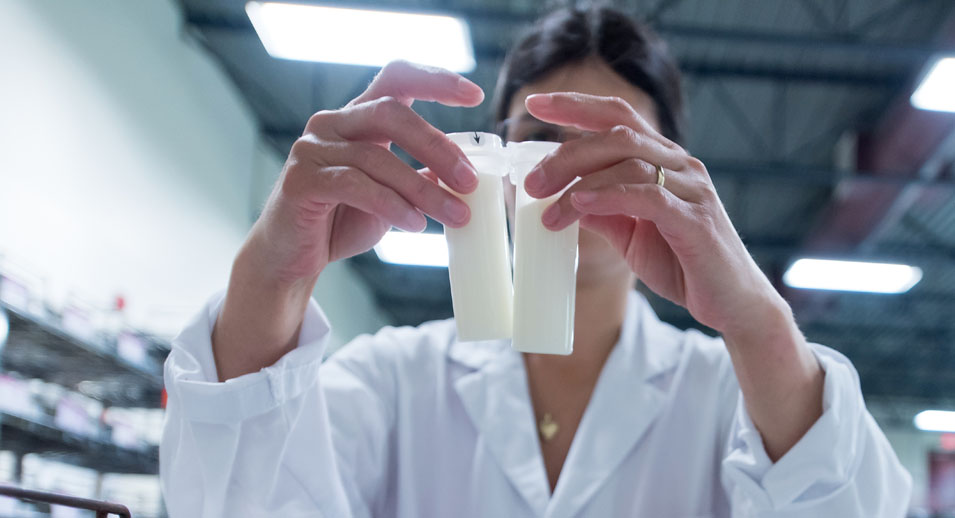Preventive measures that save lives
- November 18, 2020
As emphasized in the previous article, silo gases are dangerous, and precautions must be taken to ensure the safety of workers.

The best way to prevent accidents related to silo gases is to avoid exposure! Wait at least four weeks after filling stops before entering the silo. That plan not only helps avoid injury, but also gives the silage time to ferment properly, improving its quality. If it is absolutely necessary to enter the silo, make sure safety measures are in place and follow all procedures for confined spaces.
Preventing accidents related to silo gases can be summed up in three elements: ventilation, detection and fall prevention.
The UPA has produced a short video on the subject that addresses these important points.
Ventilation
Ventilate a tower silo thoroughly each time you plan to enter. The ventilation time required to sanitize the air depends on a number of factors, including how full the silo is, barriers obstructing ventilation, and airflow into the silo.
When using a forage blower, ventilation is more effective when the silo is full, all chute doors are closed, and the roof vent is open. It is recommended that the silo be ventilated for at least 45 minutes before entering. And then add an additional 2.5 min of ventilation time for every foot of head space over 15 ft. Make sure the blower is running during the entire time that someone is in the silo.
Detection
Be careful! Ventilation alone is not enough to ensure the atmosphere in a silo is safe. That’s why a silo gas detector is essential equipment. The gases that need to be measured are oxygen (O2), carbon dioxide (CO2), nitric oxide (NO) and nitrogen dioxide (NO2). A number of manufacturers sell detectors; contact your silo supplier for more information. To reduce the purchase cost, consider sharing a detector – and the bill – with a neighbour, if possible.
Gas detectors must be calibrated at least once a year. Moreover, every day you use the detector, start with a functional test (bump test) and a zero setting in an uncontaminated atmosphere. Use the detector to check the air quality in the silo before entering, whether by the chute or from the outside. Once inside, it is important to test the air quality both above the silage and at silage level before beginning work. If an alarm sounds, leave the area as quickly as possible and continue ventilating. If exposure to silo gases should occur, consult a healthcare professional immediately: some symptoms are not immediate and may appear up to 48 hours after exposure.
If it is absolutely necessary to enter the silo during the risk period or despite a gas detection warning, you must wear a self-contained breathing apparatus.
Preventing Falls
Because accidents can and do happen, it is important to protect against falls when working at heights. A safety harness should be worn when climbing into a silo. Use a Class AE harness with a lanyard that has a shock absorber and an anti-fall grip. The lifeline must be installed according to specifications.
Recommendations – Summary
- Avoid entering the silo for at least 4 weeks after filling stops;
- Ventilate the silo for at least 45 minutes before entering;
- Check air quality with a gas detector;
- Always wear a safety harness attached to a lifeline when climbing into a silo.











